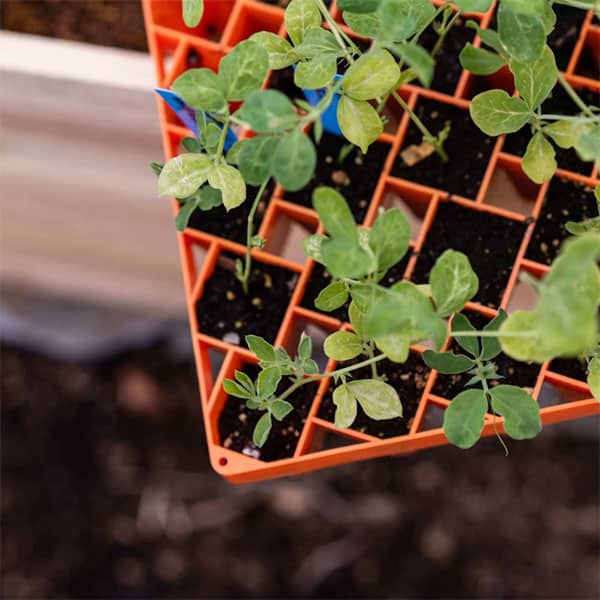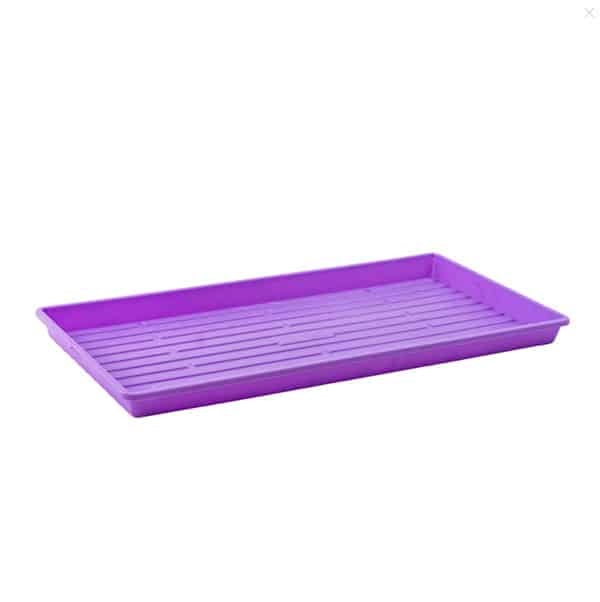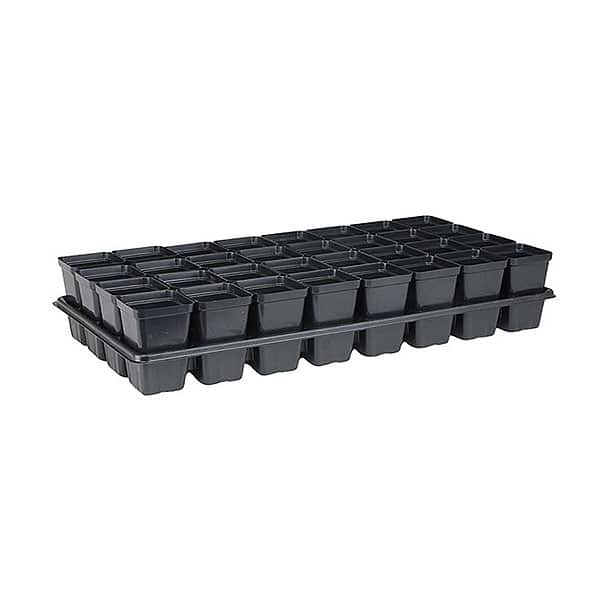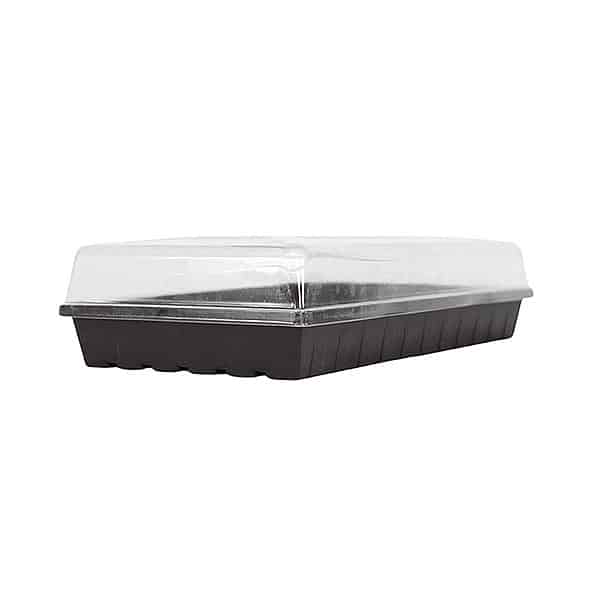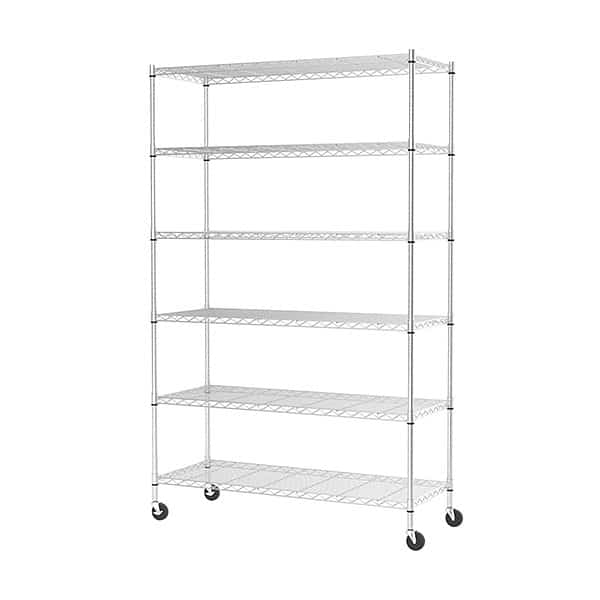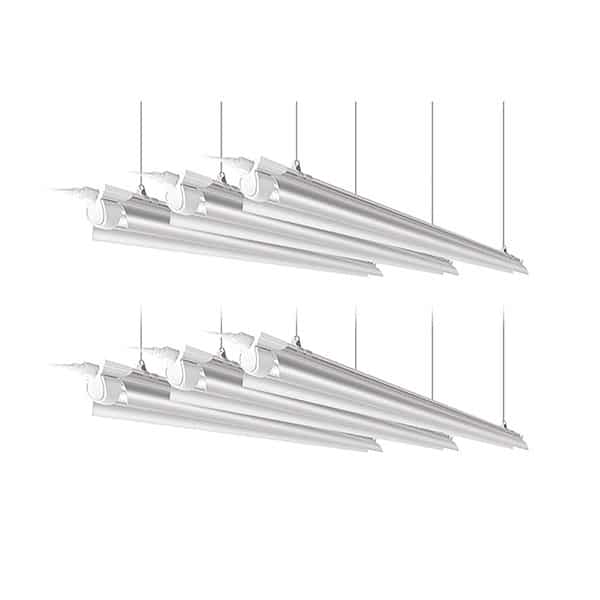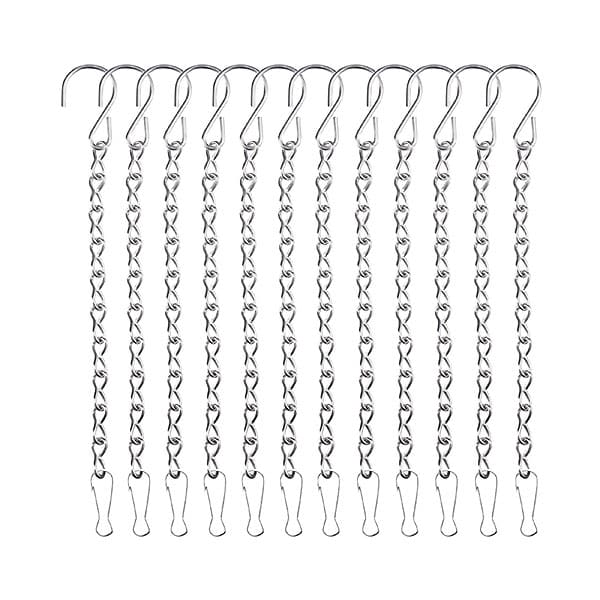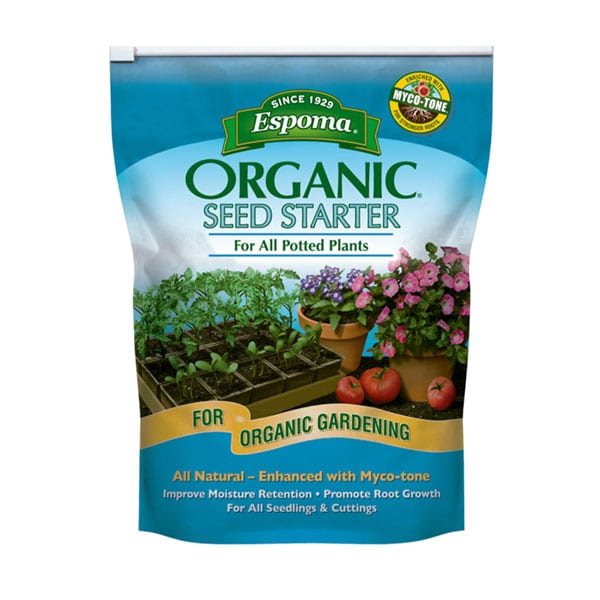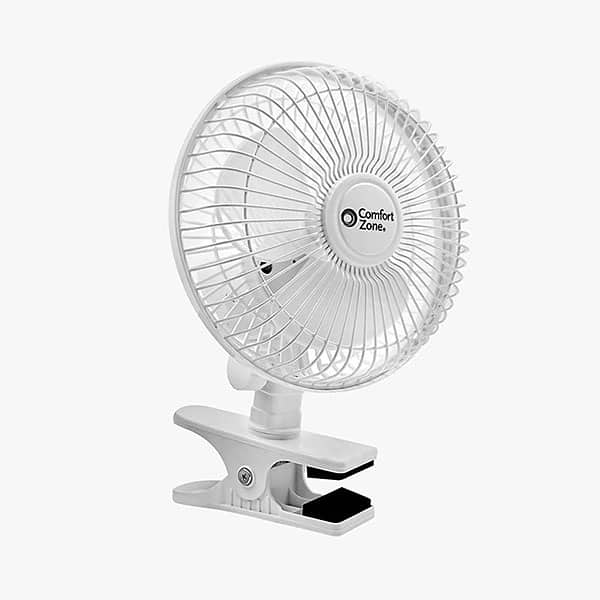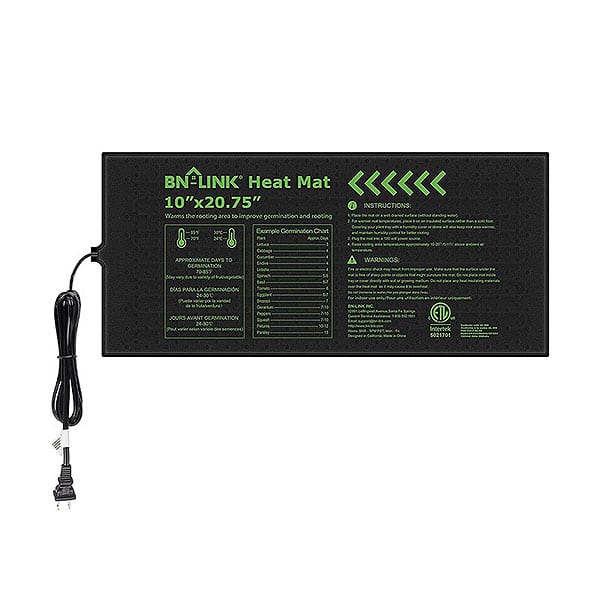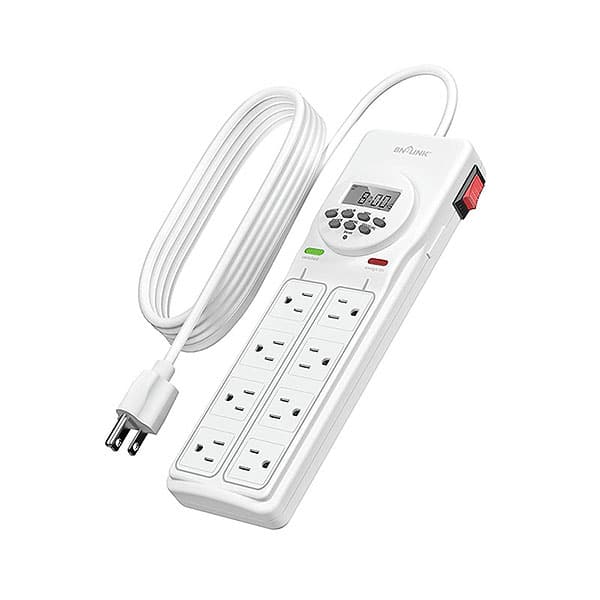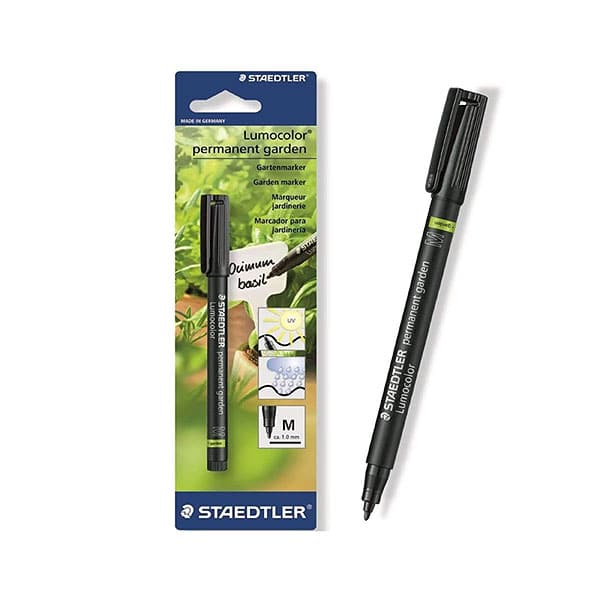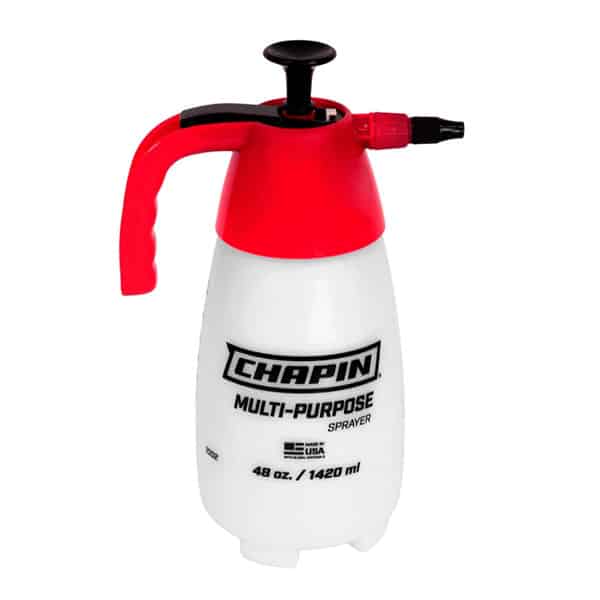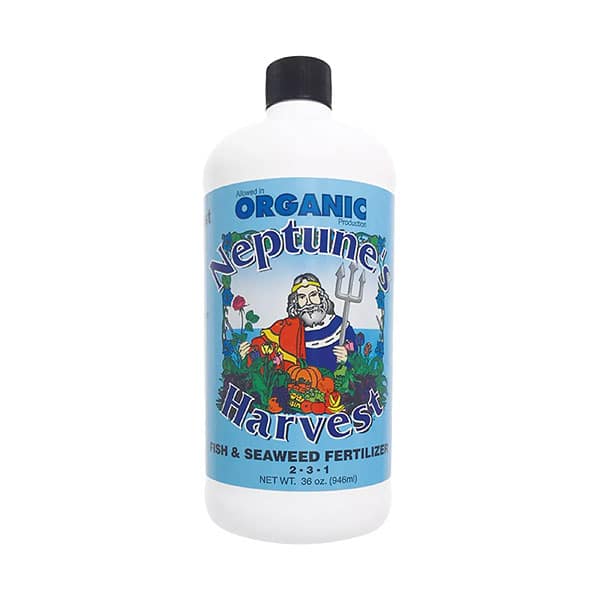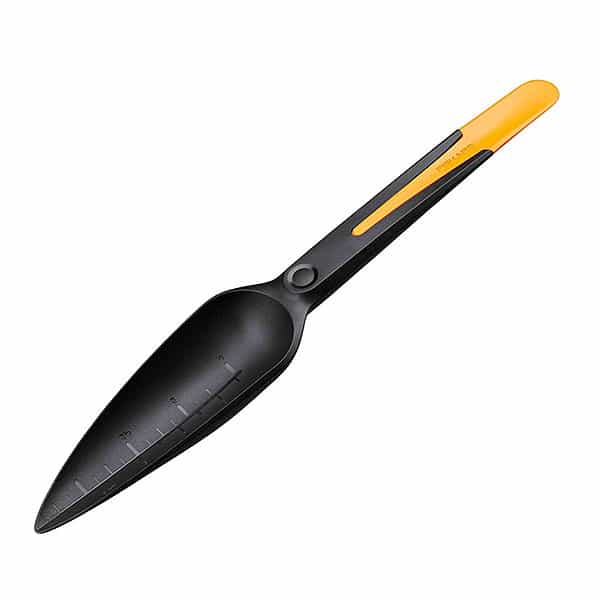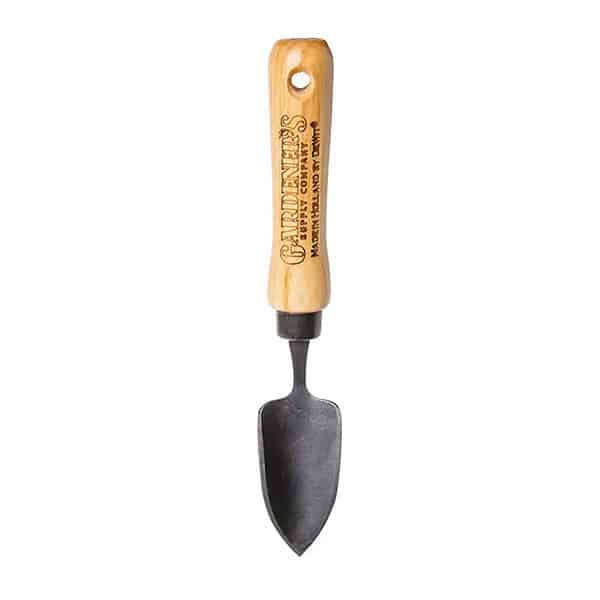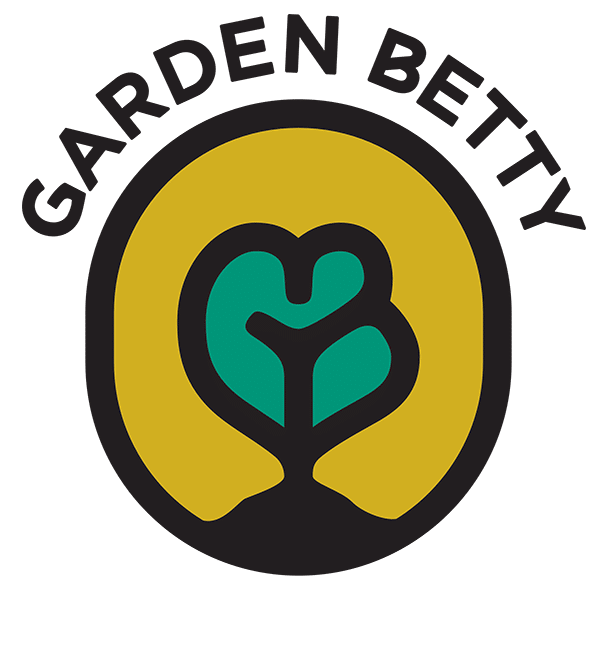When to start seeds.
Planting made easy 🌿
Create your personalized planting chart.
If you’re wondering whether it’s a good time to start your seeds inside or when you should put your plants in the ground, you’re in the right place.
With my seed starting calculator, you can quickly find the best time to sow seeds (indoors or outdoors) and transplant seedlings outside. Just enter your last spring frost date or first fall frost date below, and the interactive tool will calculate optimal planting dates for your garden.
You’ll get personalized planting charts for both spring and fall, which you can print and keep with your seeds as a handy reference. This is the easiest way to create a custom seed planting calendar, tailored to your area!
Don’t know your frost dates? I can help with that too! Use my instant frost date lookup tool to find the first and last frost dates for your exact location.
What to know:

Share this with a friend
Toggle plants or whole categories to show or hide them in the table. Use the search field at the top to filter this list.
From Garden Betty: gardenbetty.com/seed-starting-calculator/
Spring Planting
| Weeks indoors before transplant | Transplant/sow, relative to final frost | Start Indoors | Transplant (or Direct Sow) | |
|---|---|---|---|---|
| Vegetables | ||||
| Arugula | direct sow only | 4 weeks before | ||
| Beets* | 5 to 6 | 2 weeks before | ||
| Broccoli* | 4 to 6 | 2 weeks before | ||
| Brussels sprouts* | 4 to 6 | 2 to 4 weeks before | ||
| Bulb fennel | direct sow only | 2 to 4 weeks before | ||
| Beans (bush) | direct sow only | 0 to 2 weeks after | ||
| Beans (pole) | direct sow only | 0 to 2 weeks after | ||
| Cabbage* | 6 to 8 | 2 weeks before | ||
| Carrots | direct sow only | 1 to 4 weeks before | ||
| Cauliflower* | 4 to 6 | 2 weeks before | ||
| Celery | 8 to 10 | 1 week after | ||
| Celeriac | 8 to 10 | 1 week after | ||
| Chard* | 4 | 2 weeks before | ||
| Collards* | 4 to 6 | 2 to 4 weeks before | ||
| Corn* | 2 to 4 | 0 to 2 weeks after | ||
| Cucumbers* | 3 to 4 | 1 to 2 weeks after | ||
| Eggplant | 6 to 8 | 2 weeks after | ||
| Garlic (for green garlic) | direct sow only | 5 to 6 weeks before | ||
| Kale* | 4 to 6 | 2 to 4 weeks before | ||
| Kohlrabi* | 4 to 6 | 2 to 4 weeks before | ||
| Leeks | 8 to 10 | 2 weeks before | ||
| Lettuce* | 4 | 2 to 4 weeks before | ||
| Mache | direct sow only | 4 to 6 weeks before | ||
| Muskmelons | 0 to 4 | 1 to 2 weeks after | ||
| Mustard greens* | 4 | 2 to 4 weeks before | ||
| Okra | direct sow only | 0 to 2 weeks after | ||
| Onions | 8 to 10 | 2 to 4 weeks before | ||
| Parsnips | direct sow only | 2 to 4 weeks before | ||
| Peas (English)* | 6 | 5 to 6 weeks before | ||
| Peas (snap)* | 6 | 5 to 6 weeks before | ||
| Peas (Southern) | direct sow only | 3 to 4 weeks after | ||
| Peppers | 6 to 8 | 1 to 2 weeks after | ||
| Pumpkins* | 3 to 4 | 1 to 2 weeks after | ||
| Radishes | direct sow only | 2 to 4 weeks before | ||
| Scallions | 4 to 8 | 4 weeks before | ||
| Shallot sets | direct sow only | 2 to 4 weeks before | ||
| Spinach | direct sow only | 4 to 6 weeks before | ||
| Summer squash* | 3 to 4 | 1 to 2 weeks after | ||
| Tomatoes | 6 to 8 | 1 to 2 weeks after | ||
| Turnips | direct sow only | 2 to 4 weeks before | ||
| Watermelons | 0 to 4 | 1 to 2 weeks after | ||
| Winter squash* | 3 to 4 | 1 to 2 weeks after | ||
| Herbs | ||||
| Basil* | 4 to 6 | 1 week after | ||
| Cilantro | direct sow only | 0 to 3 weeks before | ||
| Dill | direct sow only | 0 to 3 weeks before | ||
| German chamomile | 4 to 6 | at last frost date | ||
| Parsley | 8 to 10 | 0 to 2 weeks before | ||
| Flowers | ||||
| Calendula* | 6 to 8 | 1 week before | ||
| California poppy* | 2 to 3 | at last frost date | ||
| Cosmos* | 6 | at last frost date | ||
| Dianthus (Sweet William) | 10 to 12 | at last frost date | ||
| Gaillardia (blanket flower) | 8 to 10 | at last frost date | ||
| Iceland poppy | 6 to 8 | at last frost date | ||
| Impatiens | 8 to 10 | at last frost date | ||
| Marigold | 6 to 8 | at last frost date | ||
| Monarda (bee balm) | 6 to 8 | at last frost date | ||
| Morning glory | 3 to 4 | at last frost date | ||
| Petunia | 8 to 10 | at last frost date | ||
| Rudbeckia (black-eyed Susan) | 8 to 10 | at last frost date | ||
| Snapdragon | 8 to 10 | at last frost date | ||
| Sunflower* | 3 to 4 | at last frost date | ||
| Sweet pea* | 4 to 6 | 1 to 2 weeks before | ||
| Viola (pansy) | 8 to 10 | at last frost date | ||
| Zinnia | 4 | at last frost date | ||
| * Asterisks indicate seeds that are easiest when directly sown outdoors, if the soil and weather allows. However, in northern climates with short growing seasons, starting seeds indoors for heat-loving crops like cucumbers, muskmelons, pumpkins, watermelons, summer squash, and winter squash gives them a head start (and gives you a quicker path to harvest). | ||||
Fall Planting
| Weeks indoors before transplant | Transplant/sow, relative to final frost | Start Indoors | Transplant (or Direct Sow) | |
|---|---|---|---|---|
| Vegetables | ||||
| Arugula | direct sow only | 9 to 10 weeks before | ||
| Beets* | direct sow only | 10 to 12 weeks before | ||
| Broccoli* | 12 to 14 | 10 to 12 weeks before | ||
| Brussels sprouts* | 12 to 14 | 10 to 12 weeks before | ||
| Bulb fennel | direct sow only | 12 to 14 weeks before | ||
| Bush beans | direct sow only | 13 to 14 weeks before | ||
| Cabbage* | 12 to 14 | 8 to 12 weeks before | ||
| Carrots | direct sow only | 10 to 12 weeks before | ||
| Cauliflower* | 12 to 14 | 10 to 12 weeks before | ||
| Chard* | direct sow only | 5 to 7 weeks before | ||
| Chinese cabbage | direct sow only | 8 to 10 weeks before | ||
| Collards* | direct sow only | 10 to 12 weeks before | ||
| Cucumbers* | direct sow only | 13 to 14 weeks before | ||
| Daikon | direct sow only | 8 to 10 weeks before | ||
| Garlic | direct sow only | 2 to 3 weeks after | ||
| Kale* | direct sow only | 4 to 10 weeks before | ||
| Kohlrabi* | 12 to 14 | 10 to 12 weeks before | ||
| Leeks | direct sow only | 10 to 12 weeks before | ||
| Lettuce* | direct sow only | 9 to 14 weeks before | ||
| Mache | direct sow only | 3 to 8 weeks before | ||
| Mustard greens* | direct sow only | 6 to 10 weeks before | ||
| Onion sets | direct sow only | 2 to 4 weeks before | ||
| Parsnips | direct sow only | 12 to 14 weeks before | ||
| Peas | direct sow only | 10 to 12 weeks before | ||
| Radishes | direct sow only | 3 to 14 weeks before | ||
| Rutabagas | direct sow only | 10 to 14 weeks before | ||
| Scallions | direct sow only | 10 to 12 weeks before | ||
| Shallot sets | direct sow only | 2 to 6 weeks before | ||
| Spinach | direct sow only | 3 to 10 weeks before | ||
| Summer squash* | direct sow only | 13 to 14 weeks before | ||
| Turnips | direct sow only | 6 to 10 weeks before | ||
| Winter radishes | direct sow only | 8 to 10 weeks before | ||
| Herbs | ||||
| Cilantro | direct sow only | 13 to 14 weeks before | ||
| Parsley | direct sow only | 10 to 12 weeks before | ||
| * Asterisks indicate seeds that are easiest when directly sown outdoors, if the soil and weather allows. However, in northern climates with short growing seasons, starting seeds indoors for heat-loving crops like cucumbers, muskmelons, pumpkins, watermelons, summer squash, and winter squash gives them a head start (and gives you a quicker path to harvest). | ||||
** Your browser should give you an option to Save as PDF instead of printing.
Save on Pinterest
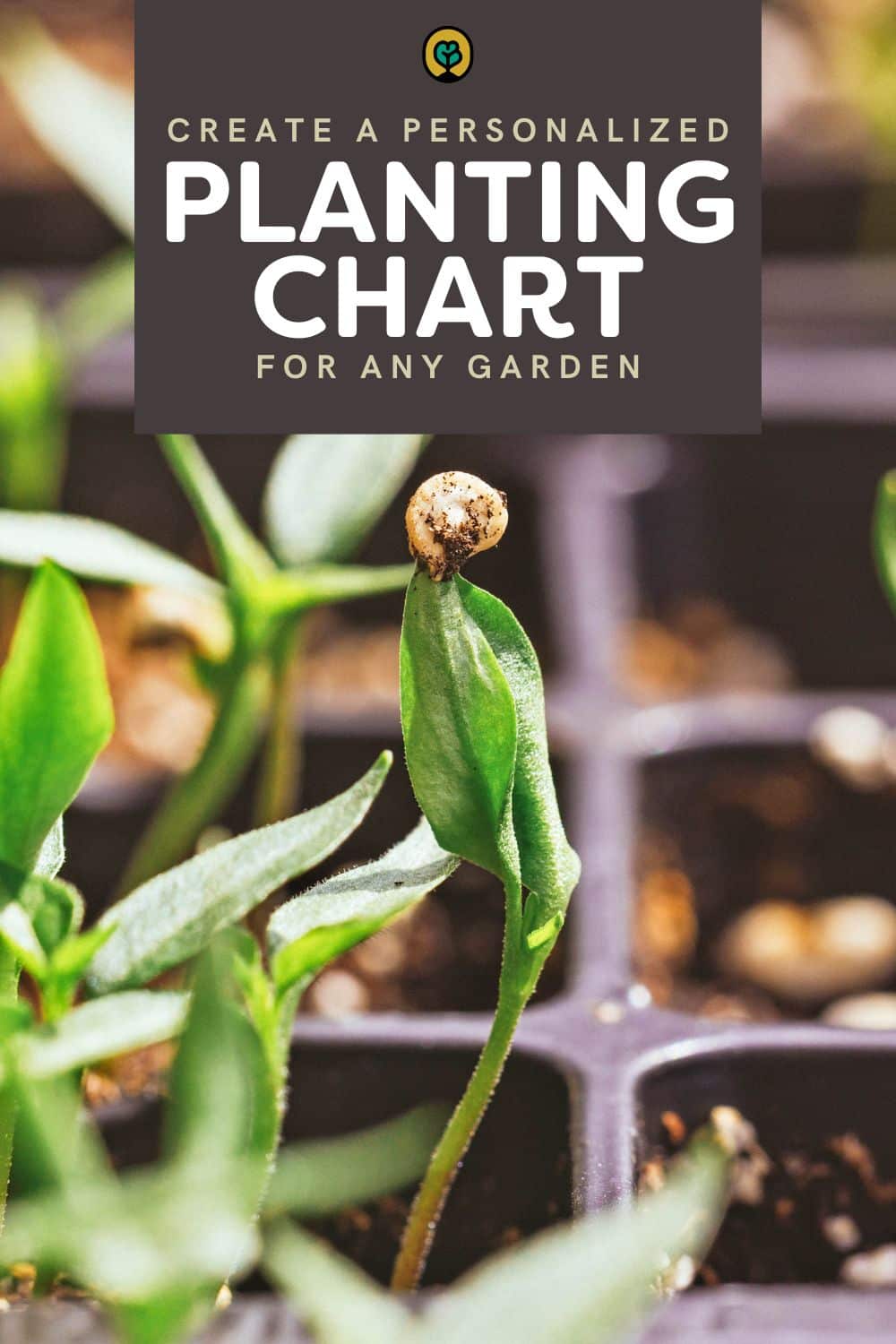
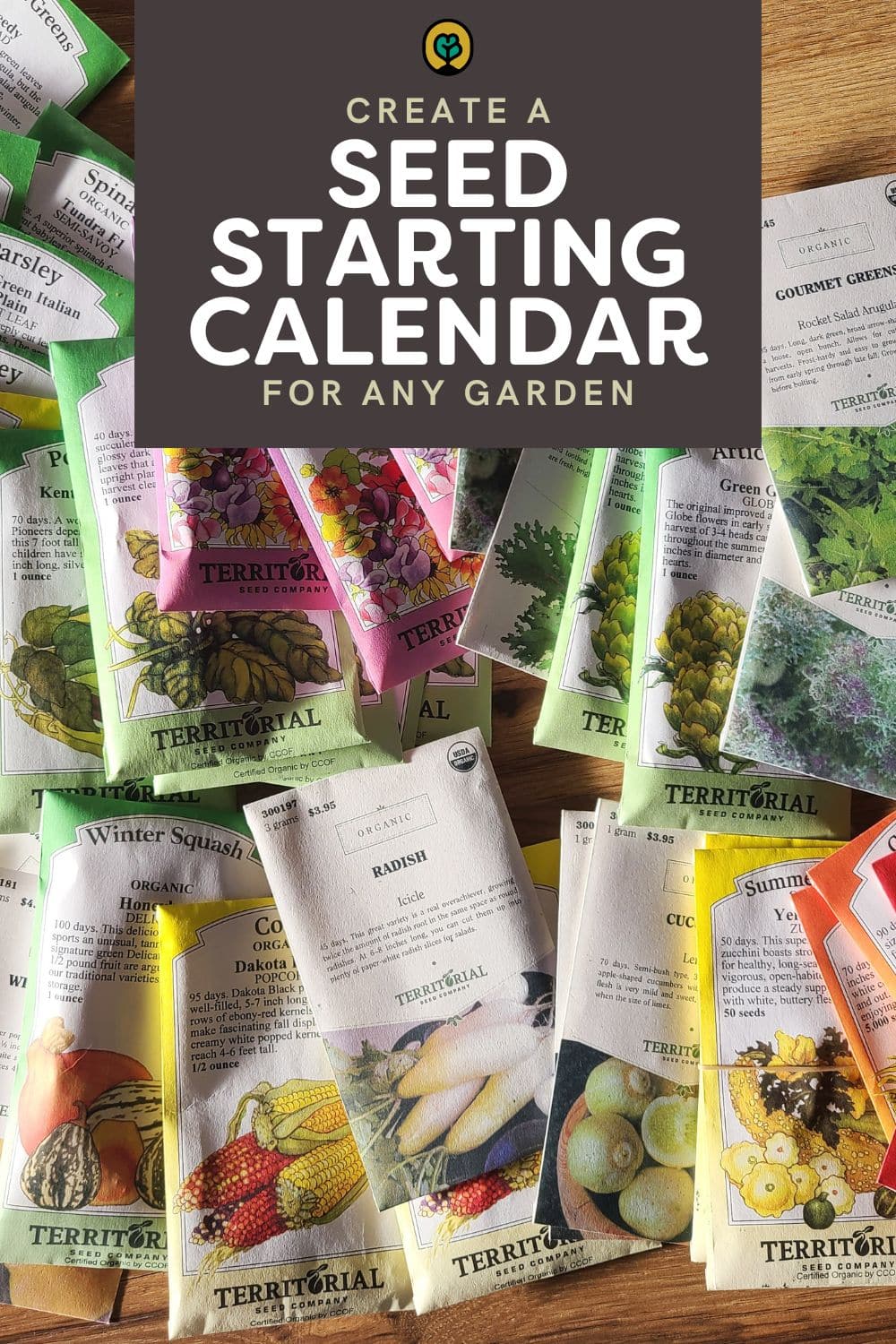
Start here if you’re new to seed starting
What I use at home 🌱
My tried-and-true seed starting supplies
For a detailed look at how I use these items, head to my guide on essential seed starting gear. Garden Betty is reader-supported and I may receive a commission if you click on my links and make a purchase.
Air pruning trays make it so easy to grow healthier root systems and stronger seedlings, since they never get root-bound before transplanting. Bonus: the trays come in lots of fun colors!
I use these shallow 1020 trays under my air pruning trays to bottom water seedlings. You can also use them to grow microgreens. They are the most durable trays I’ve ever used!
I prefer larger cells for starting most seeds so I don’t have to up pot multiple times. This versatile set includes a cell tray with small pots that can be used together or on their own.
Humidity domes help retain warmth and moisture for starting seeds indoors, and I particularly like these short ones with adjustable vents, since they aren’t as bulky as the standard tall domes.
This is what I use for my indoor seed starting setup, and it neatly holds up to 20 standard trays. The wheels are key for moving the unit so I can easily clean under and behind it.
Full-spectrum grow lights will always produce stronger seedlings, and these days, powerful and energy-efficient lights are very affordable. I hang three of these light bars above each shelf full of seedlings.
I use these chains to hang grow lights on my wire shelving unit. They’re easy to adjust as your seedlings grow, and aren’t as cumbersome as pulley systems (which are overkill for most seed starting setups).
I’m a fan of making my own seed starting mix at home when I can, but have also used this ready-made soilless mix with great results. Be sure to thoroughly hydrate the mix before it goes in your seed starting trays!
I run these small fans near my seedlings for a couple hours a day to help them grow thicker stems and become more resilient. Each fan simply clips on to a shelf and can run on a timer.
If your seed starting setup is in a cooler part of your home, a heat mat can speed up germination times and keep the ambient air warmer around your seedlings.
I rely on this surge protector for my indoor seed starting setup, which has four timed outlets and four regular outlets so I can run all my grow lights, fans, and heat mats without worry.
Forget Sharpies (even the industrial kind)—THIS is the only truly permanent marker that’s withstood the elements in my harsh Central Oregon garden, through high desert sun, rain, ice, and snow.
I typically bottom water my seedlings, but use a sprayer for seeds and new sprouts. This one holds 48 ounces and delivers a nice fine mist that won’t damage tiny stems.
Once the cotyledons fall off your seedlings, it’s important to give them a quick boost of nutrients if you aren’t planting them outside right away. I’ve been using this formula for over 12 years!
I didn’t know I needed this multifunctional tool until I got it! It’s a small trowel, widger, and dibber in one, making it extremely useful for starting seeds indoors or outdoors, potting up seedlings, and transplanting.
Think of this as a spoon-sized shovel—I’ve used mine for years to remove seedlings from trays, transplant seedlings, and repot houseplants. It’s tiny but mighty, with a heavy-duty steel blade.

